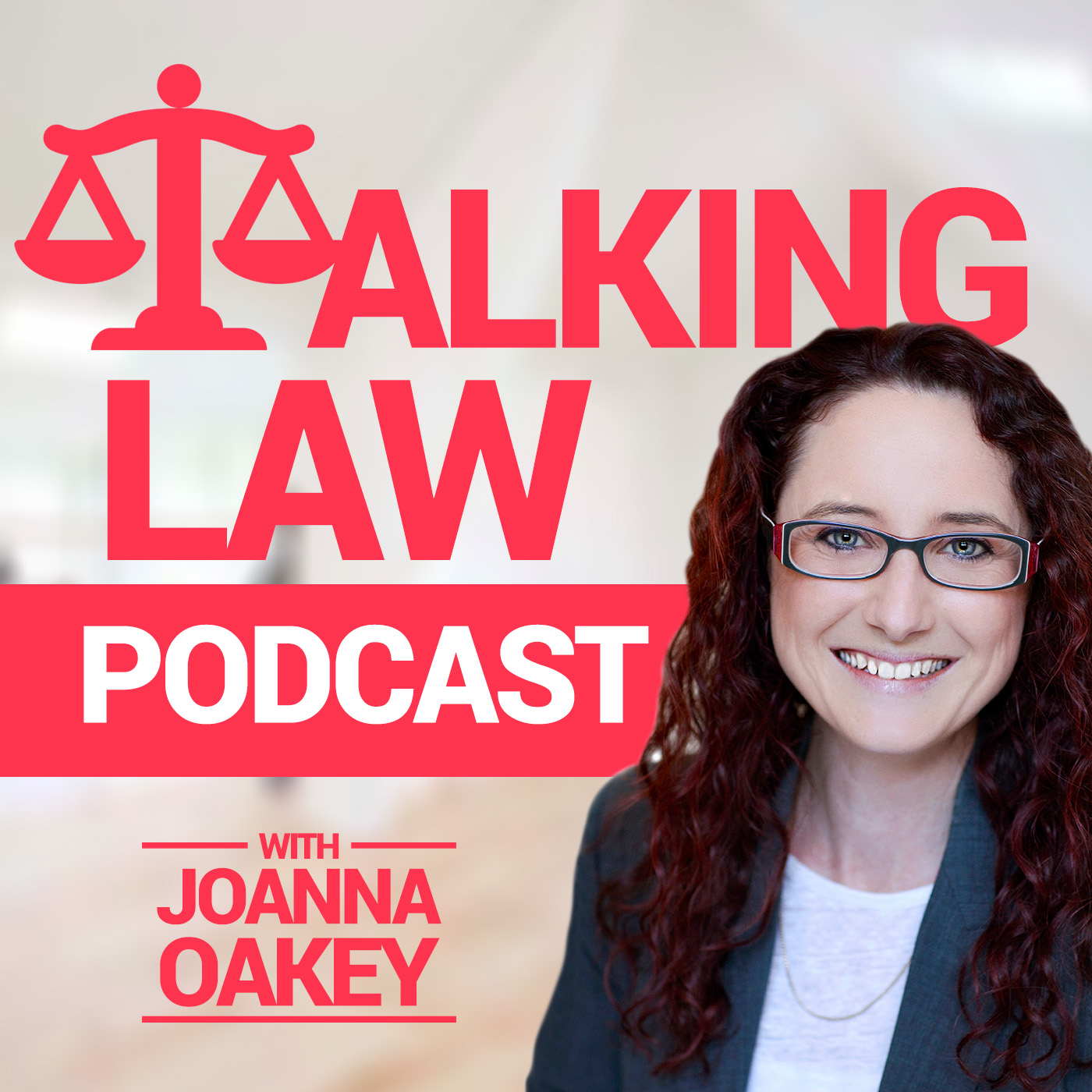The dispute resolution clause (together with the termination clause) is often one of the most awkward to negotiate in major projects – because the parties don’t really want to think about what happens if their relationship sours. As a result, all too often, the parties will either defer the dispute resolution clause to their standard form, or, with the best of intentions, agree on a “friendly” provision that contemplates the parties will sit down to work out how to resolve their dispute.
A recent Victorian Supreme Court judgement casts doubt on the enforceability of clauses with pre-litigation steps that require further agreement between the parties – so now is a good time to review your dispute resolution clauses to ensure they are not at risk of being unenforceable.
In the recent case of WTE Co-generation and Visy Energy Pty Limited v RCR Energy Pty Limited & Anor [2013] VSC 314 (“WTE Case”) WTE Co-generation purported to terminate its contract with RCR Energy and to commence court proceedings, notwithstanding that the dispute resolution clause in the contract set out pre-litigation steps which required the parties’ respective senior representatives “meet to attempt to resolve the dispute or to agree on methods of doing so.” The court held that the words “… or to agree on methods of doing so” was effectively an agreement to agree – hence, was unenforceable for lack of certainty.
✓ Aspect Tip: review your dispute resolution clauses: do they set out a process for disputes to be resolved, or are they merely an “agreement to agree” on a process for resolution?
The dispute resolution clause in the WTE Case was distinguished by the court from the case of United Group Rail Services Ltd v Rail Corporation of New South Wales 74 NSWLR 636 where a clause that required the parties to “meet and undertake genuine and good faith negotiations with a view to resolving the dispute or difference” was held by the New South Wales Supreme Court to be enforceable. The difference being, in that case, there was a sufficiently certain process in place – albeit not a very structured one.
Care should also be taken in relation to dispute resolution clauses that stipulate a detailed process, but which require the participation of a specific person or role in the resolution process. Some case law suggests that such clauses may be unenforceable where the dispute arises after termination – on the basis that such clauses do not intend to confer obligations or powers on such persons or positions after the contract has been terminated.
✓ Aspect Tip: if your dispute resolution clause mandates the involvement of certain senior representatives, ask your legal adviser to review it for certainty and enforceability.
Finally, when negotiating and drafting a dispute resolution clause, it is important to include an objective yardstick by which to determine when each step in the resolution process has been met, and when the parties can proceed to litigation.
✓ Aspect Tip: ask your project manager or a member of your team to read your dispute resolution clause and identify the milestones that the parties must meet before they can proceed to the next step in the resolution process. Is it clear what the milestone is intended to be?
Uncertain about whether your dispute resolution clauses are certain enough? Contact us on (02) 8006 0830 or send an email to [email protected] to arrange a confidential discussion.
Disclaimer: The material contained on this website is provided for general information purposes only and does not constitute legal advice. You should not depend upon any information appearing on this website without seeking legal advice. We do not guarantee that the contents of this website will be accurate, complete or up-to-date.














